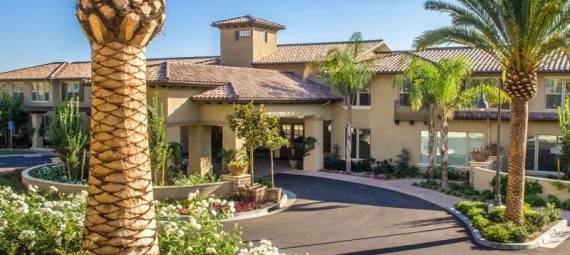The real estate market for senior living properties in the USA is a rapidly growing and evolving industry, driven by an aging population and changing societal attitudes towards aging. In recent years, there has been a shift away from traditional nursing homes and towards more independent and community-based living options for seniors.
One of the major trends in the senior living real estate market is the move towards independent living communities. These communities offer seniors the ability to live in a community setting, with access to amenities and services such as fitness centers, dining options, and transportation, while also allowing them to maintain their independence and privacy. This type of housing is popular among seniors who are still active and want to live in a community setting, but do not require the level of care provided by a traditional nursing home.
Another trend in the senior living real estate market is the growth of assisted living communities. These communities provide a higher level of care for seniors, including help with activities of daily living such as bathing and dressing, as well as medication management and other medical services. Assisted living communities also offer a variety of amenities and services, such as fitness and wellness programs, social activities, and transportation.
Memory care communities are also becoming increasingly popular in the senior living real estate market. These communities are specifically designed for seniors with memory impairments, such as Alzheimer’s disease or dementia. They provide a secure and supportive environment for these seniors, with trained staff to assist with their care needs. Memory care communities also offer specialized programming and activities, such as memory exercises and art therapy, to help improve the quality of life for residents.
In addition to these traditional senior living options, there is also a growing market for more innovative and unique senior living options. For example, there are communities that specialize in providing housing and care for seniors with specific medical conditions, such as Parkinson’s disease or multiple sclerosis. There are also communities that offer specialized programming and activities, such as gardening or cooking, to help promote physical and mental health for seniors.
Despite the growth and evolution of the senior living real estate market, there are still challenges that must be addressed. One of the major challenges is the high cost of senior living, which can be a barrier for many seniors and their families. Additionally, there is a shortage of affordable and accessible housing for low-income seniors.
The real estate market for senior living properties is also affected by changes in government policies and regulations. For example, changes in Medicaid and Medicare policies can impact the availability and funding of senior living options. And, the Affordable Care Act has led to an increased focus on value-based care, which has implications for the senior living industry.
In conclusion, the real estate market for senior living properties in the USA is a rapidly growing and evolving industry. There is a shift towards independent and community-based living options, and a growing market for more innovative and unique senior living options. But, the high cost of senior living and the shortage of affordable and accessible housing for low-income seniors, as well as changes in government policies and regulations, are some of the challenges that must be addressed in this market.
